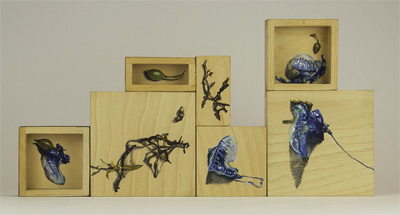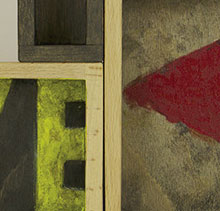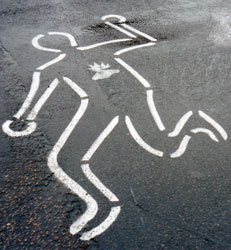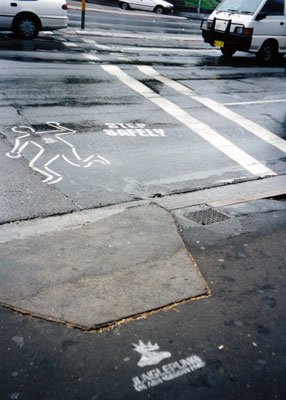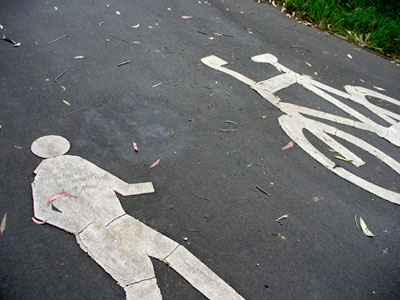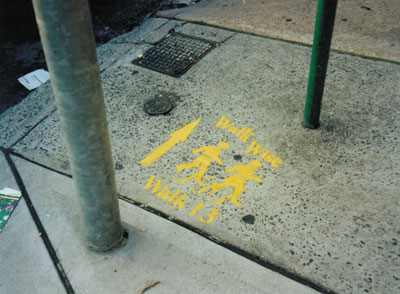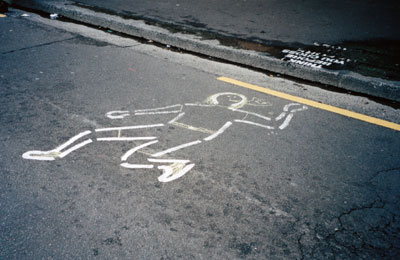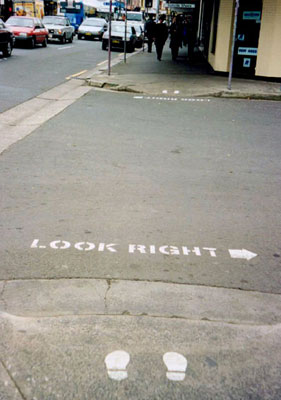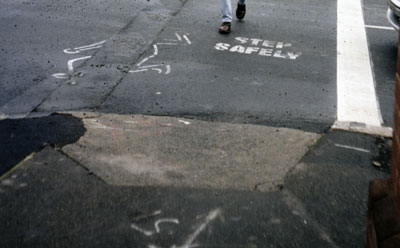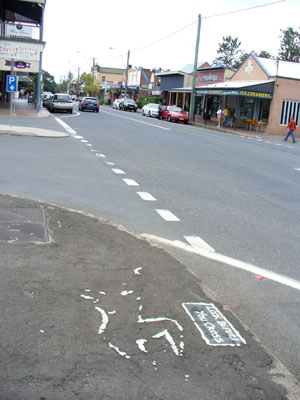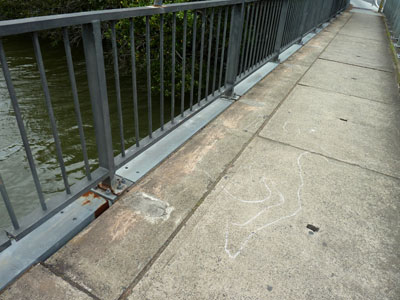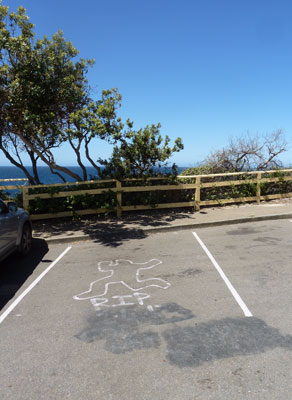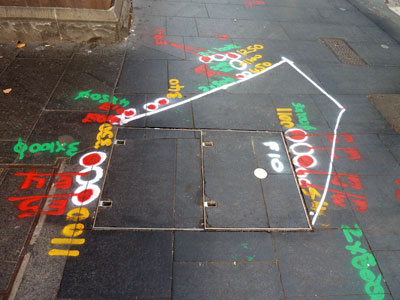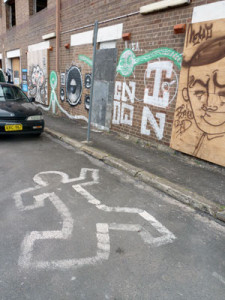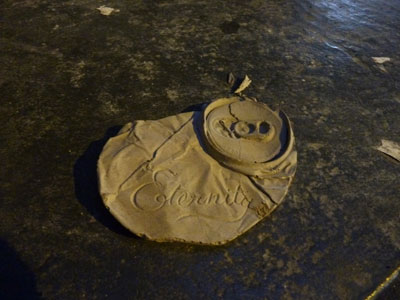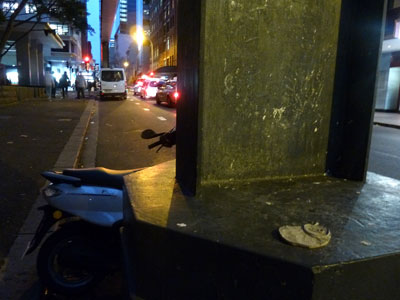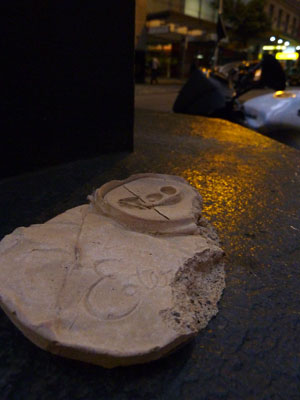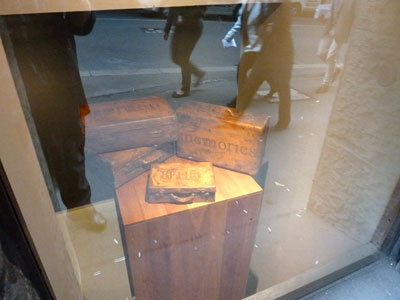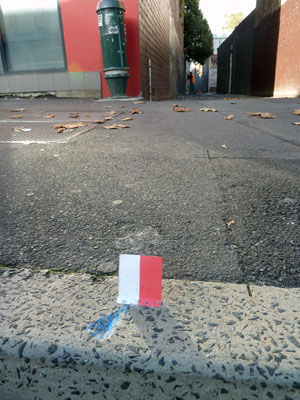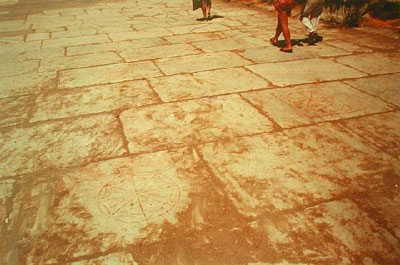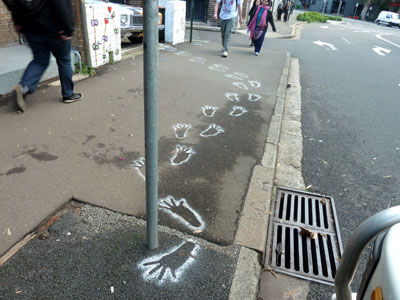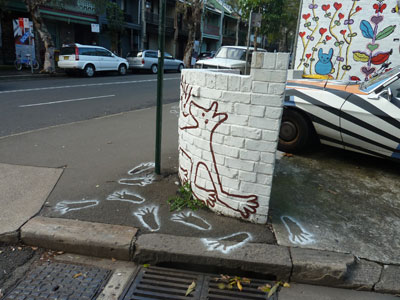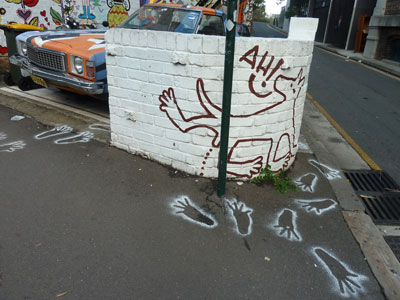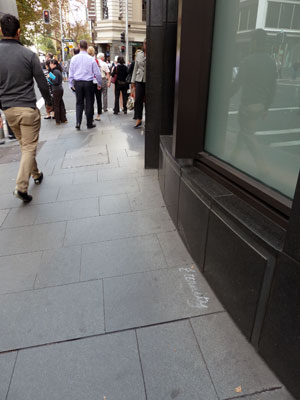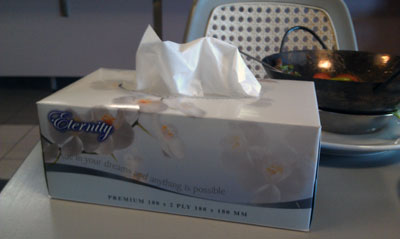It’s not many people who receive a commissioned artwork as a graduation present, especially one that is based on the topic of their thesis. How privileged am I!
beneath the pavement, the beach is the title of the work made for me by artist Kate Riley.
I had already admired Kate’s luminously detailed series of prints on paper that she called flotilla. Here are blue bottles (Portuguese men o’ war) stranded on the beach by a receding tide, their long tentacles drawing inky loops across the wet sand. So when Kate was approached by family members to create a work especially for me, she found inspiration at the intersection of our interests – the eyes-down scavenging for traces of life (and death) as we stroll along deserted beaches or busy streets.
Kate, it transpires, had enjoyed reading the post on my blogsite called Flotsam and jetsam. In that post I quoted author Tim Winton on the pleasures of beachcombing, because I found in his description strong resemblances to my own practice of combing the pavement for graffiti.
This is what Kate wrote to me:
‘I decided I would like to explore the “beneath the pavement lies the beach†idea … This segued beautifully into a consideration of how to use the structure of the work I had chosen, the small wooden boxes. By using both sides of the boxes I could use beach/ bluebottle/ seadrift imagery on one face of the box and pavement imagery on the other. The boxes can then be arranged and rearranged as desired. Using the ‘back’ of the box, as well as the front, also allows a push and pull of the surface that I find rather pleasing, and is suggestive of pigeon holes and display cabinets.
‘This piece is now a record of two of my favourite places and two of my favourite walks: the beach on the south coast of NSW on which I grew up, and the streets around Newtown where I live now. To build up a store of Newtown pavement images, I used the same process I used for my beach walk drawings:
‘I set aside a set period of time for a walk where I use my i-phone to take quick images of anything that catches my eye. In the studio I can then select and regroup the images to create a satisfying arrangement that captures the spirit of my walk. I know from your blog that you use the same, or a similar, process.
‘The ‘beach’ side of the work captures a moment in time. By the next tide the objects on the beach will be completely different. Any seadrift or bluebottles left will have dried, lost their colour and vibrancy. New marks and patterns will have emerged.
‘In contrast, the ‘pavement’ side is a glimpse of the layering of signs and markings that build up over time. Marks both intentional and meaningful (survey marks, messages official and unofficial …) and marks serendipitous and accidental (rust, cracks, wear and tear …) lie next to and over each other. Objects found there may be fleeting, but others can be (almost) permanent fixtures.
‘Both sides were collected as virtual beachcombing to make a gift for you.’
Thank you Kate, and thank you to the family members who commissioned this most beautiful surprise. Thanks also to other family and friends for your gifts, both lovely and silly, your good wishes, and your company on what was the best graduation day I have ever had.
(beneath the pavement, the beach: charcoal pencil, pastel pencil, powdered graphite, ink, gesso and acrylic paint on seven wood panels, two of which are 15 x 15 cm, three 10 x 10 cm, and two 10 x 5 cm)

